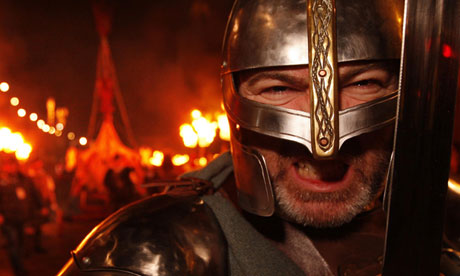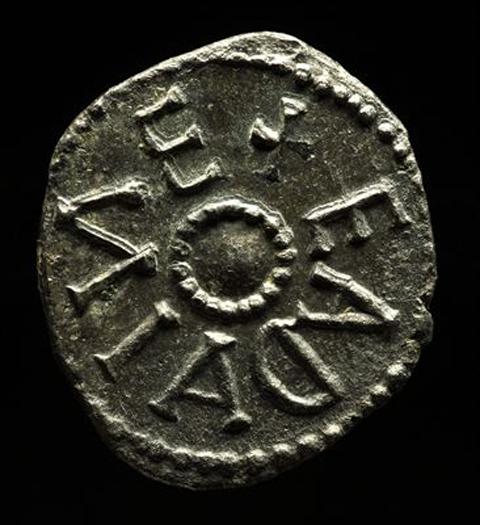© Gareth Buddo
"From the fifth century, for 1,000 years, York was the northern city,” says Natalie McCaul, the curator of archaeology at the museum doing this history justice several centuries later.
“It was the place from which the powerful ruled. Kings ruled the country from here. Archbishops led the church from here.
“Traders and merchants made fortunes. This exhibition will look at how York became so powerful, and the men and women who made it that way.”
Started with a film triggered by a coloured bookmark – one for adults, one for kids – this chronological run-through is divided into eight periods.
They include Anglian and Viking throwbacks, the House of York and the Tudor ages, symbolised by glitzy objects such as theEsrick Ring and theMiddleham Jewel, and depicting the likes of Richard III, Henry IV and William the Conqueror in cartoon form.
Read the rest of this article...
They include Anglian and Viking throwbacks, the House of York and the Tudor ages, symbolised by glitzy objects such as theEsrick Ring and theMiddleham Jewel, and depicting the likes of Richard III, Henry IV and William the Conqueror in cartoon form.
Read the rest of this article...












